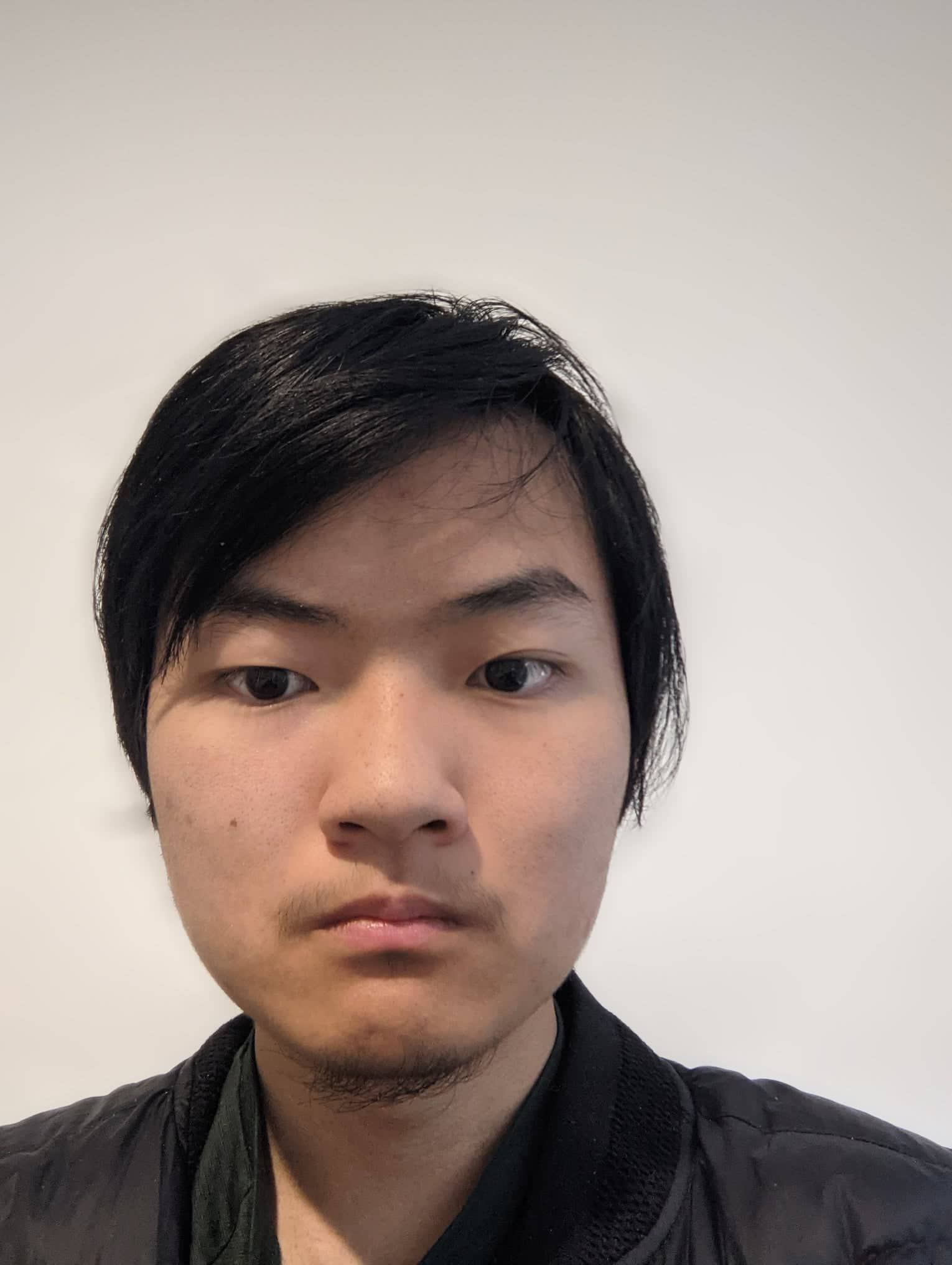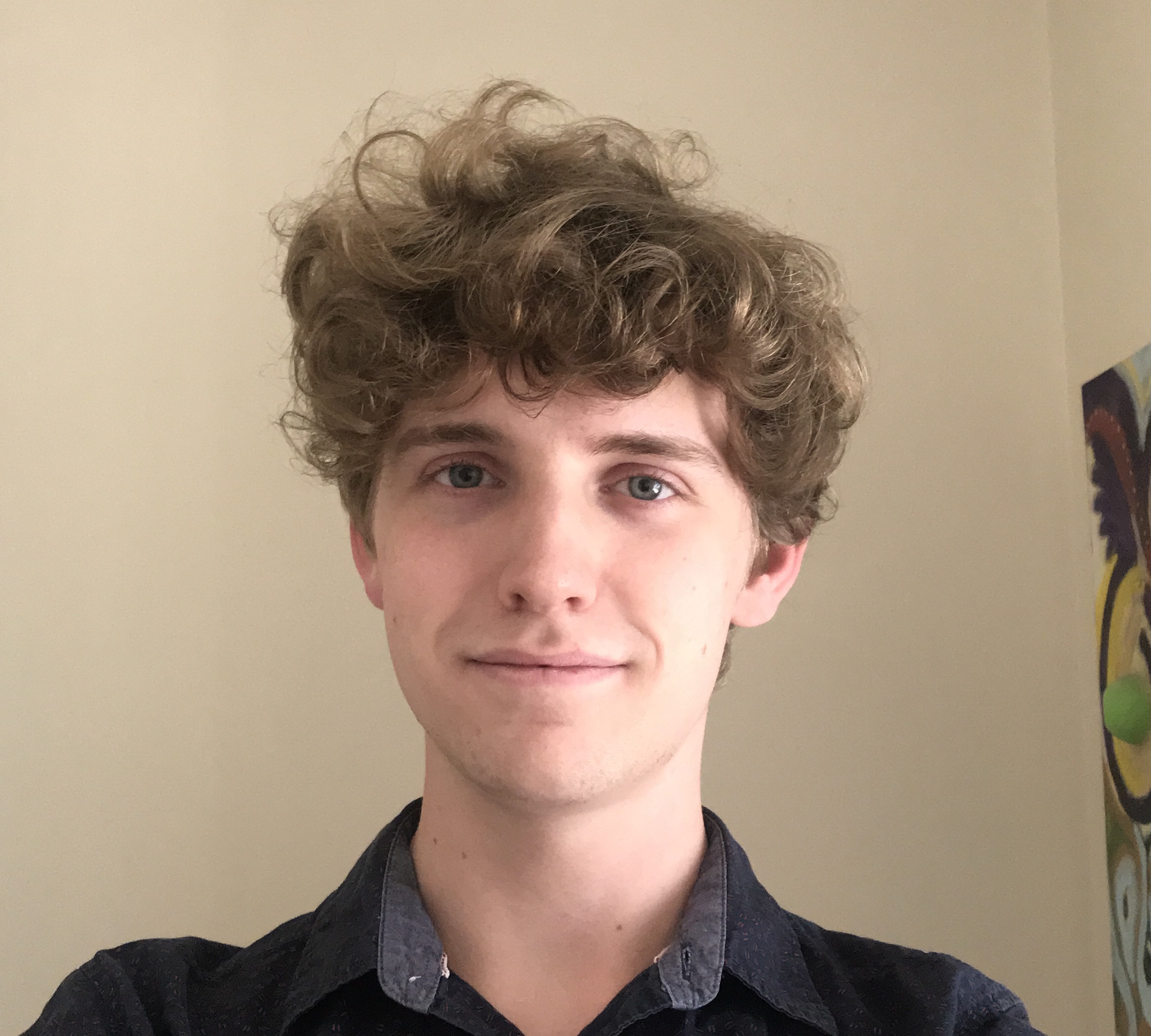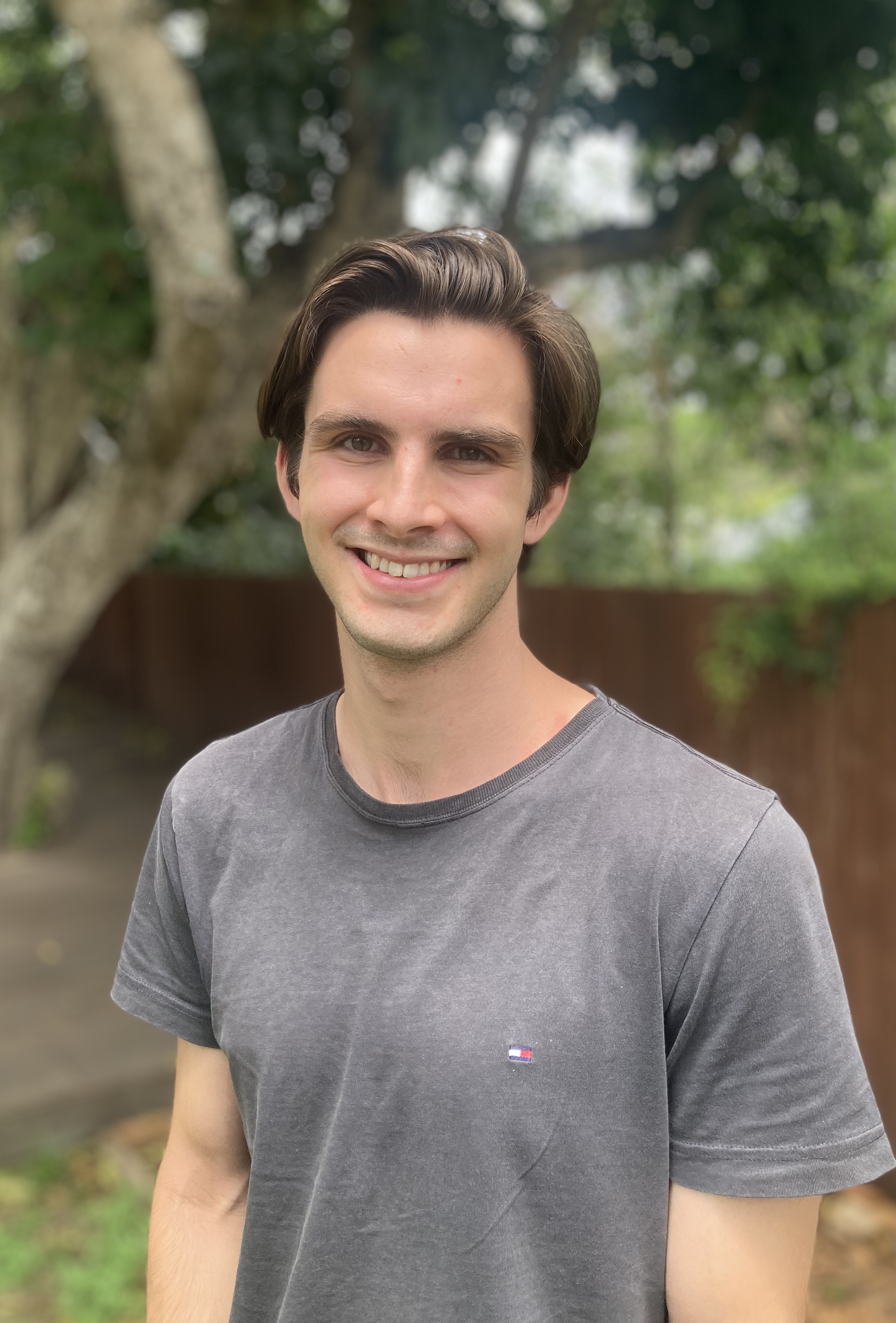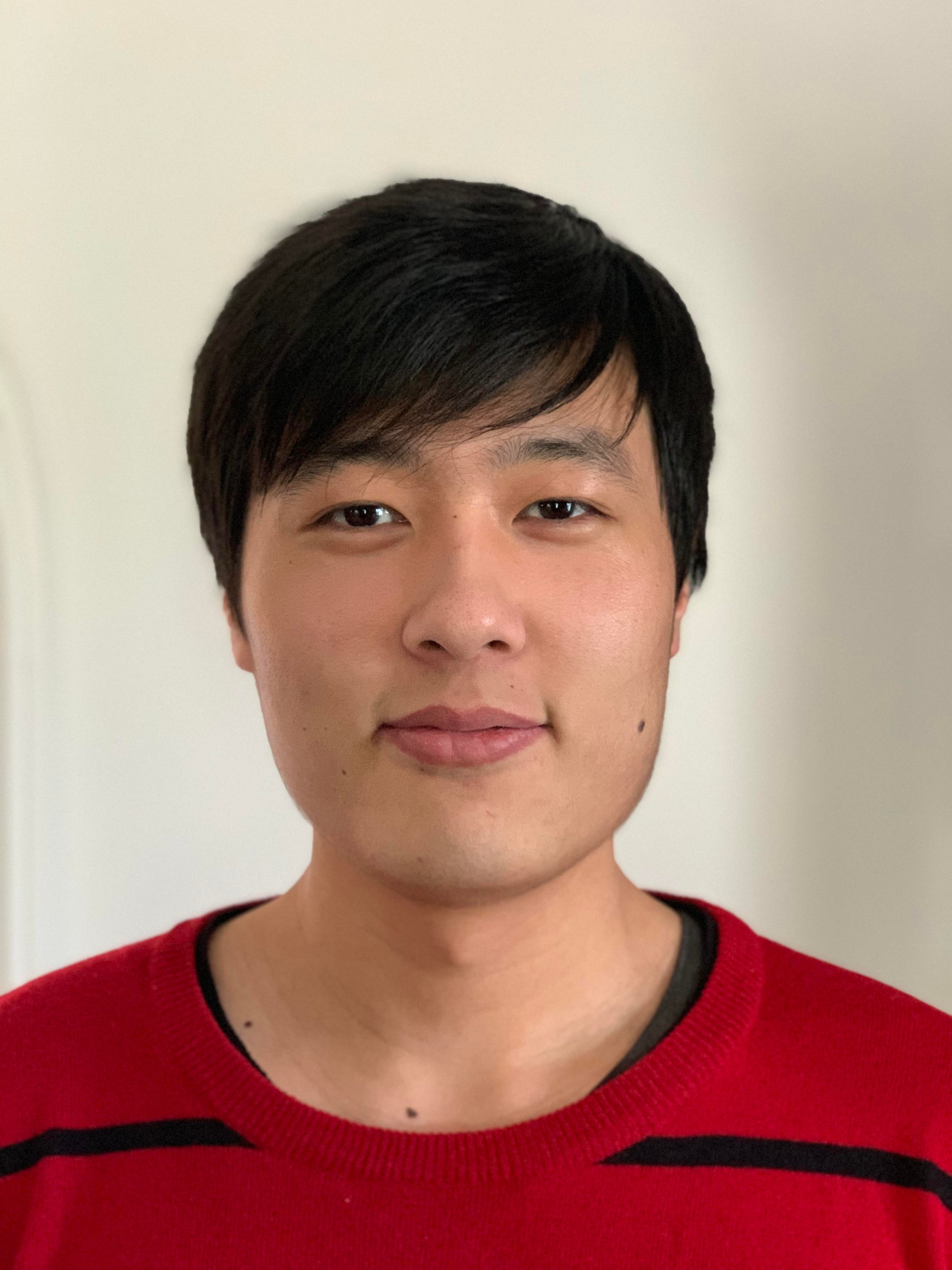Olin Gao
Stable Homotopy Theory and the Adams Spectral Sequence
We propose to study stable homotopy theory in general, and the Adams spectral sequence for computing stable homotopy groups in particular. In algebraic topology, the most common invariant used to classify shapes up to homotopy equivalence has been (co)homology. This is in large part due to its relative ease of computation as opposed to calculating the homotopy groups. However, considering higher homotopy groups yields a more sophisticated insight into the nature of topological shapes. Our project will be largely based around developing and applying tools to compute these homotopy groups.

Olin Gao
Australian National University
Olin Gao is a third-year mathematics student at the Australian National University. His main mathematical interests lie in topology and geometry, as well as functional analysis. His previous research projects have included “Constructing the complex p-adic numbers”, “Applied topology—random cell complexes” and “Symplectic geometry”. He has also written short reports for seminars in functional analysis and stochastic analysis. He has worked as a workshop demonstrator at ANU (discrete mathematics) and Shandong University (abstract linear algebra) through the Joint Colleges of Science.
Ever since completing an introductory course to algebraic topology, he has been interested in higher homotopy groups as an alternative to (co)homology in studying/classifying topological shapes. He finds it interesting that even simple problems can produce beautiful and insightful results like the Hopf fibration. He intends to pursue a masters or PhD after honours, either in pure/applied mathematics or computer science.
Outside of academics, his primary interests lie in game development and music. He is self-taught in programming, and uses Unity as his preferred game engine. He has been forced to play piano as a child but has recently rediscovered his passion for music, and uses Cubase as his preferred Digital Audio Workstation. He is currently working on a game called Nanokin and anxiously awaiting publisher funding.




